Parasitology & Mycology
- Home
- Lab Sections
- Clinical Diagnostic Sections
- Parasitology & Mycology
Parasitology is a science that studies the external and internal forms of evolution and the way in which parasites are transmitted to humans and animals. A parasite is an organism that lives temporarily or permanently on the outside or inside the body of another living being and benefits from it.
Since parasitic diseases are often chronic and are less associated with clinical signs and symptoms, infected individuals may become carriers of the disease after self-improvement without having any clinical symptoms or carriers of the disease. Children are at greater risk of developing these parasites because of lower levels of immunity and greater exposure to contaminated soil and materials and also lack of basic hygiene standards. Therefore, it is important to know the role of parasitic diseases, the ways of their prevention and their accurate and accurate diagnosis.
In the parasitology section of Payvand Clinical & Specialty laboratory, we receive clinical specimens, especially stools, for the purpose of investigating and diagnosing all types of parasites including parasitic parasites (worms) and protozoa (protozoa). In a direct manner, identification will be done by direct smear, wet mount and concentration as well as the preparation and staining of slides prepared from fresh Permanent stained, Trichrome staining specially for the detection of histological amoebae.
Mycology Section
One of the parts of the lab is the task of collecting, investigating and detecting suspected specimens for pathogenic fungi. Symptoms of skin fungal infection depend on the type of fungus and area that it involved. Fungal rashes are sometimes confused with other skin diseases such as psoriasis and eczema. Skin fungal diseases can cause a variety of skin rashes. Some of them cause redness, scaling and itching and some only cause dry skin. Fungi can affect only one specific area or several areas of the body.
Some of the actions taken in this field in the laboratory include being active in mycology and being active in sampling and diagnosing pathogenic skin and hair fungi, entomology such as Lice and Mite Scabolic mites.
Important indicators of parasitology and mycology are:
- Implementation of quality management system in accordance with national and ISO standards (10002 + ISO 9001)
- Continuous monitoring of the quality of testing with regard to internal and external quality control (in some cases)
- Speed of testing so that in emergency cases the test result time is less than 24 hours.
- Significant variation in experiments
- Employees with at least a bachelor’s degree in related fields with the necessary knowledge and experience



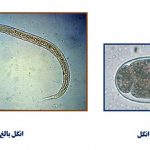

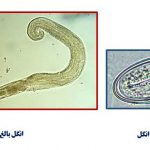

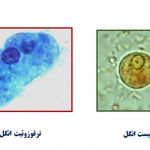
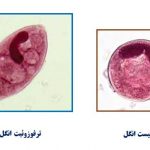
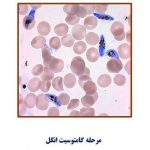
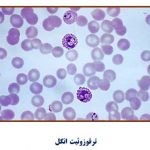

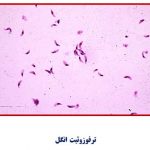
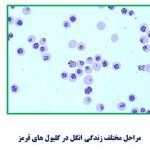


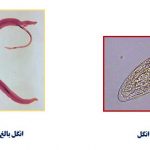
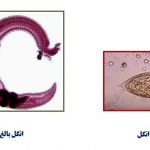

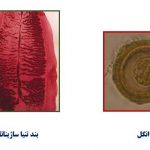
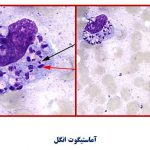
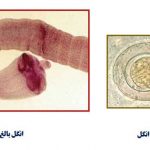
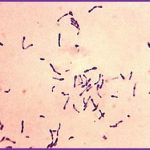
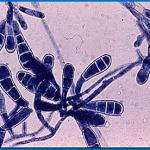
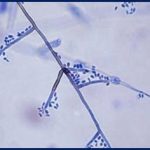
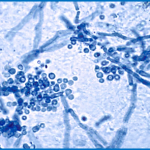
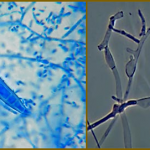

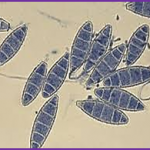
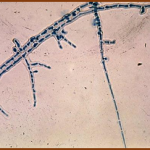

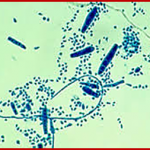
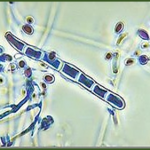

Follow us in